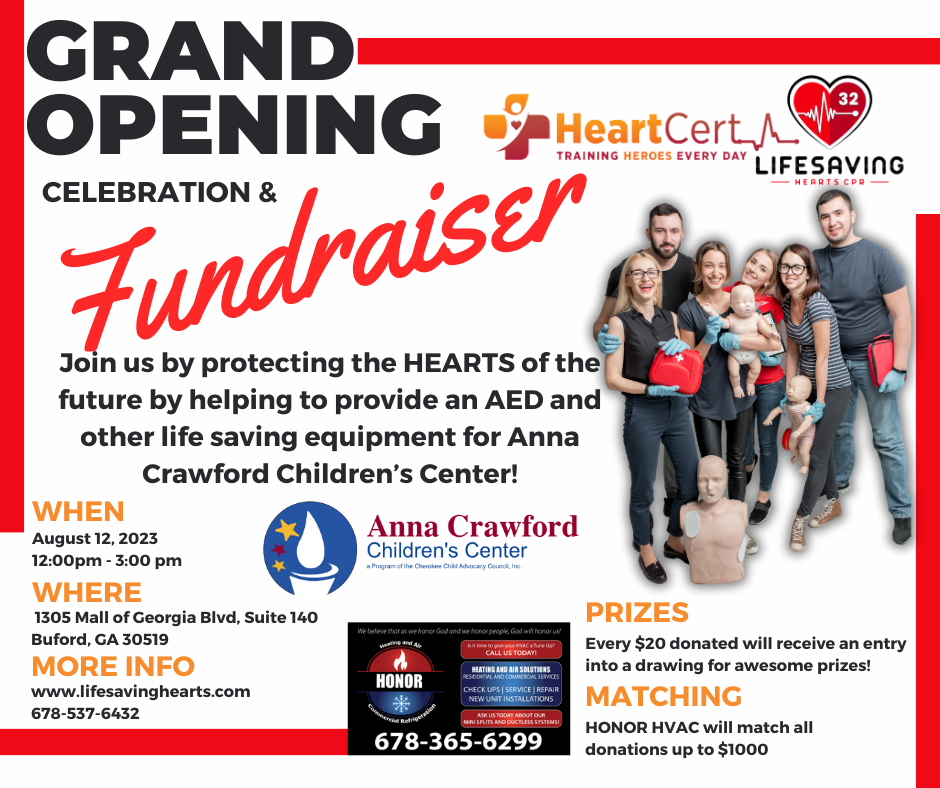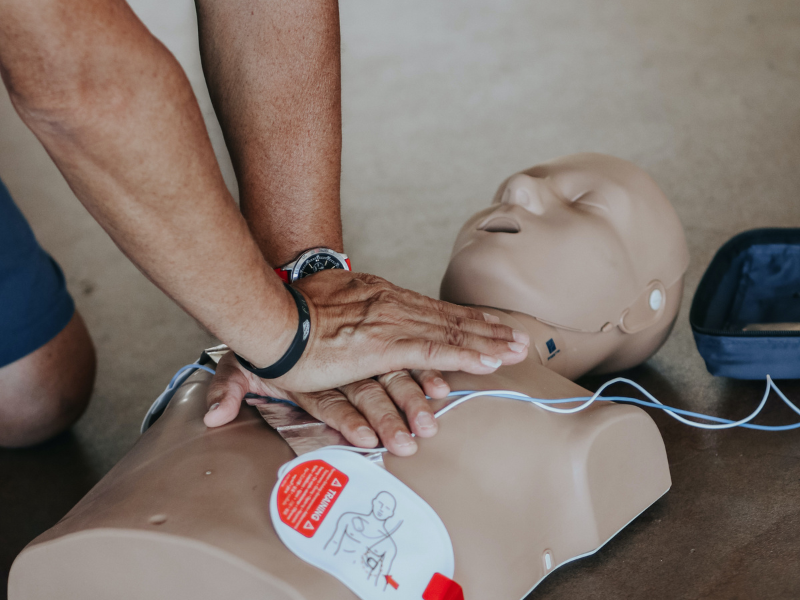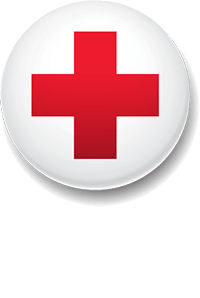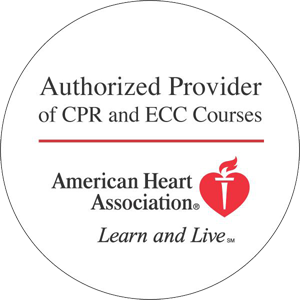Five Reasons to Learn CPR in 2023
In 2023 the importance of learning life-saving skills like CPR (cardiopulmonary resuscitation) has never been more critical. With the ever-changing landscape of global health and safety concerns, being equipped with the knowledge and ability to respond effectively in an emergency situation can make a world of difference. Here we’ll look at five impactful reasons why learning CPR should be a priority.
Check out our full lineup of CPR, AED and first aid courses, and read on for five great reasons to learn CPR in 2023!
CPR Can Save a Life 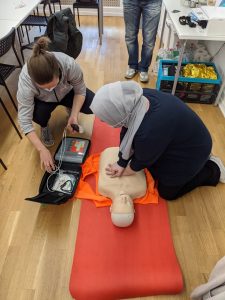
More than 350,000 people suffer from cardiac arrest every year in the U.S. When this happens, time is of the essence – the longer the body stays in arrest, the lower the chance of survival. CPR helps the blood circulate until help arrives. In fact, research shows that the likelihood of surviving a cardiac arrest more than doubles when CPR is performed.
More CPR is Needed
Bystander CPR is performed in less than half of cardiac arrests in the U.S. – between 15 and 30 percent, in fact. The most common reason given for not performing CPR is a lack of training.
CPR Does Not Require Mouth-to-Mouth Resuscitation
In 2010, the guidelines for performing CPR were changed. Now, only people who are trained and feel comfortable performing mouth-to-mouth resuscitation should do so. For the rest, hands-only CPR is an excellent, life-saving option.
Related Read: Why Should I Learn CPR?
Most Cardiac Arrests Happen at Home
More than 85 percent, in fact. You may need CPR to save the life of your parent, spouse, sibling or child. What better motivation is there?
CPR is Easy to Learn!
CPR classes are readily available, affordable, and take just a couple of hours. That’s a small trade-off for learning how to save a life. With HeartCert’s Virtual Red Cross CPR/AED/First Aid course you can learn CPR in no time. Sign up today and gain instant access to required course videos and materials so that you can complete our virtual CPR training online. For a more hands on experience, we offer a revolutionary one-on-one experience with our CPR Kiosk training where you can learn life-saving skills on your time with a private instructor.
Whether you’re a caregiver, a healthcare professional or a prepared individual, acquiring CPR knowledge is invaluable and can empower you to act confidently during a health emergency. The benefits of CPR training are extensive, from saving lives and increasing community resilience to boosting your confidence and being prepared for unforeseen emergencies.
Ready to learn CPR in 2023?
Check out the HeartCert CPR class offerings and sign up today.
This is an updated blog post that was originally published in 2019.
HeartCert CPR is your trusted training partner for CPR, ACLS, PALS, EMR, First Aid, CNA, IV, EKG and more, in Minnesota and throughout the United States.
HeartCert CPR courses include CPR/AED/First Aid, Basic Life Support (BLS), Advanced Cardiac Life Support (ACLS), Pediatric Advanced Life Support (PALS), Certified Nursing Assistant training, IV training, EKG training, babysitter basics and more. Courses and certifications from both the American Heart Association and American Red Cross are available.

